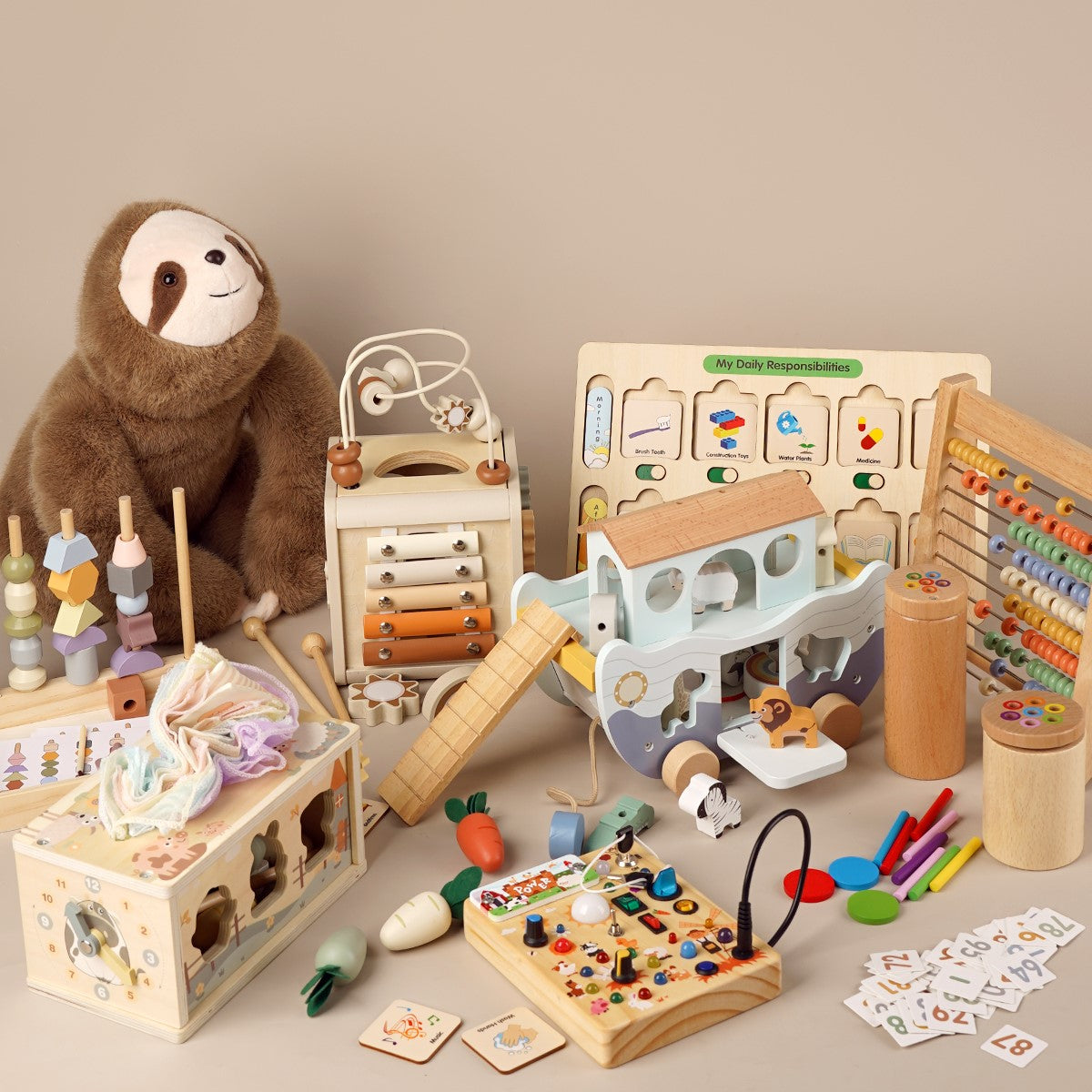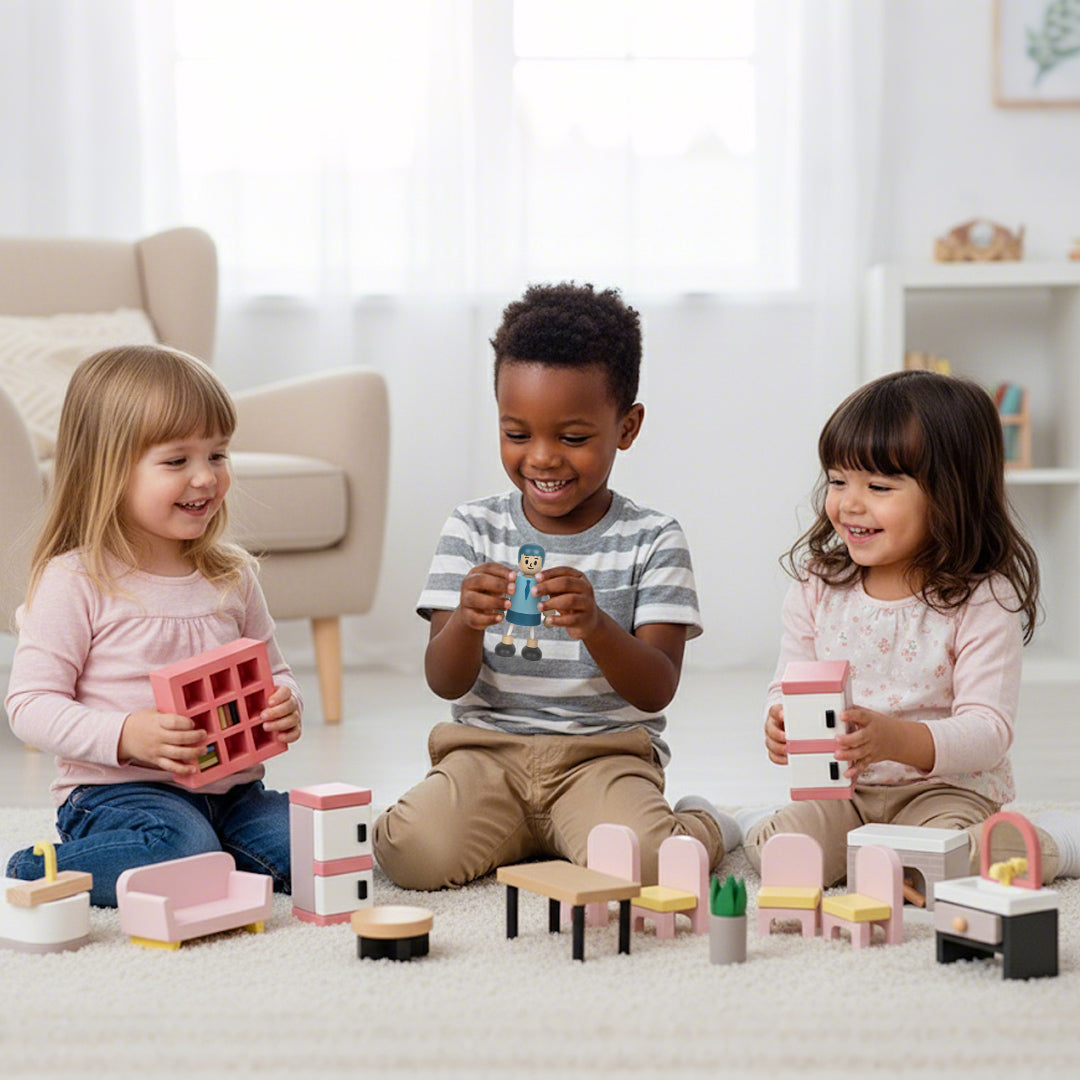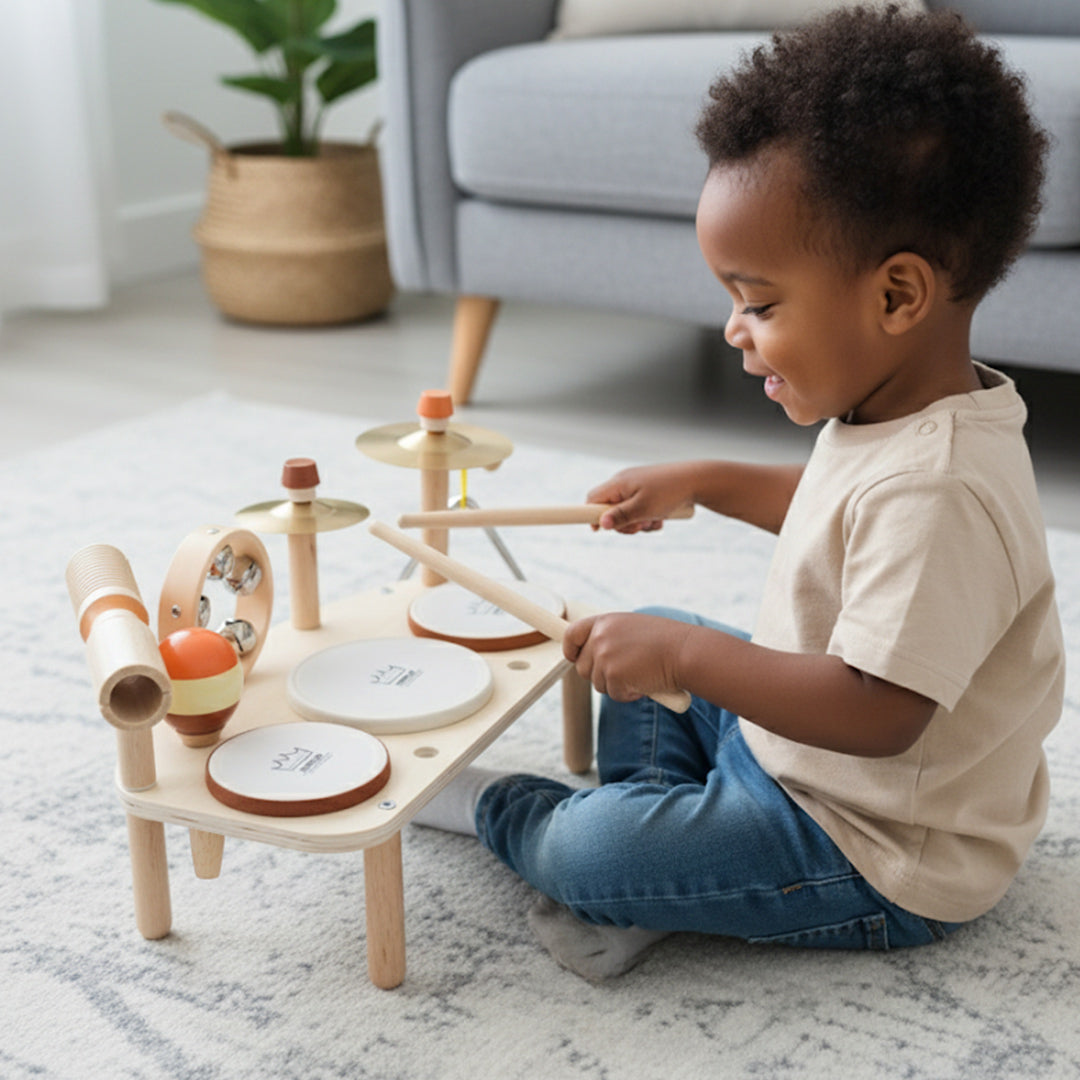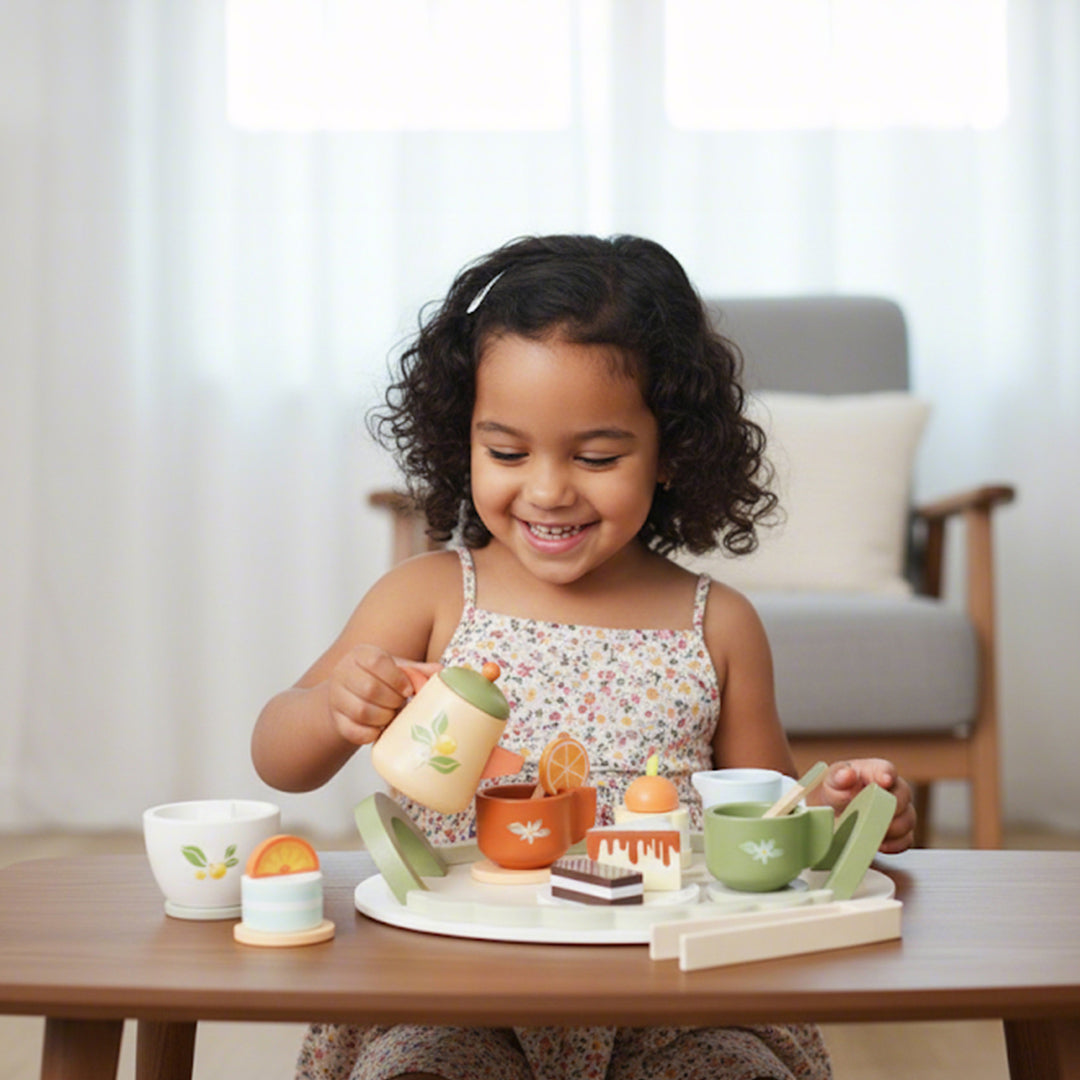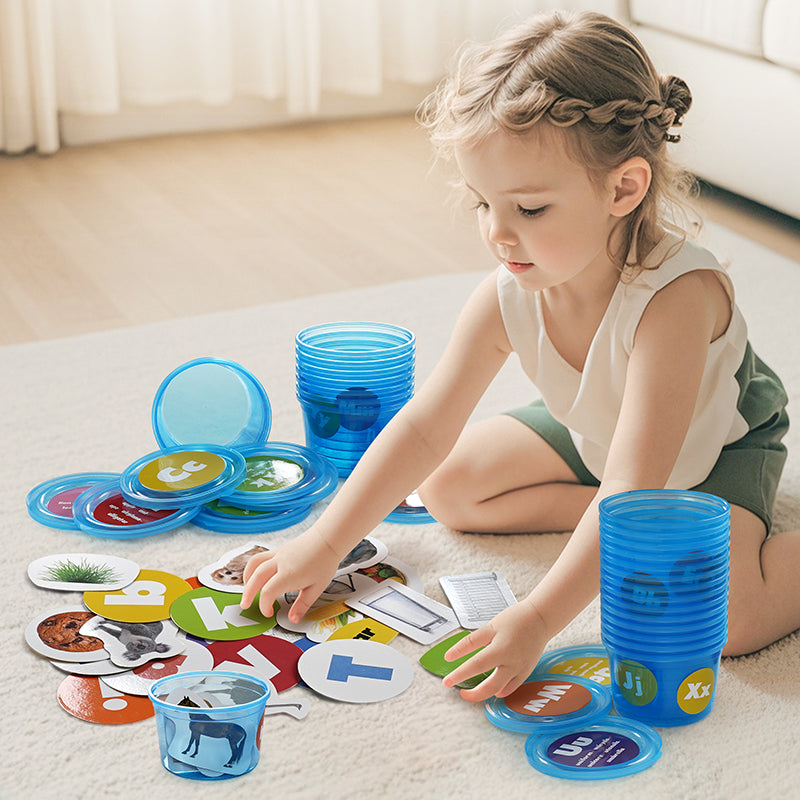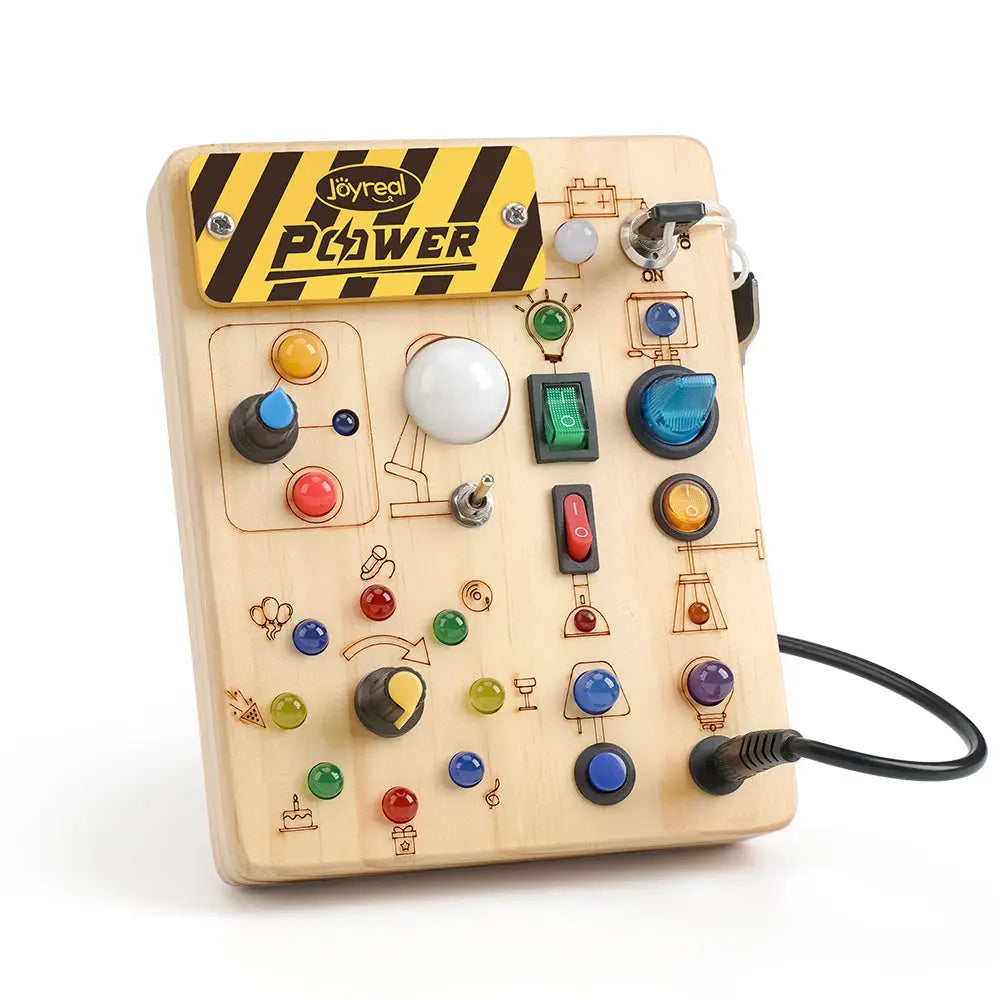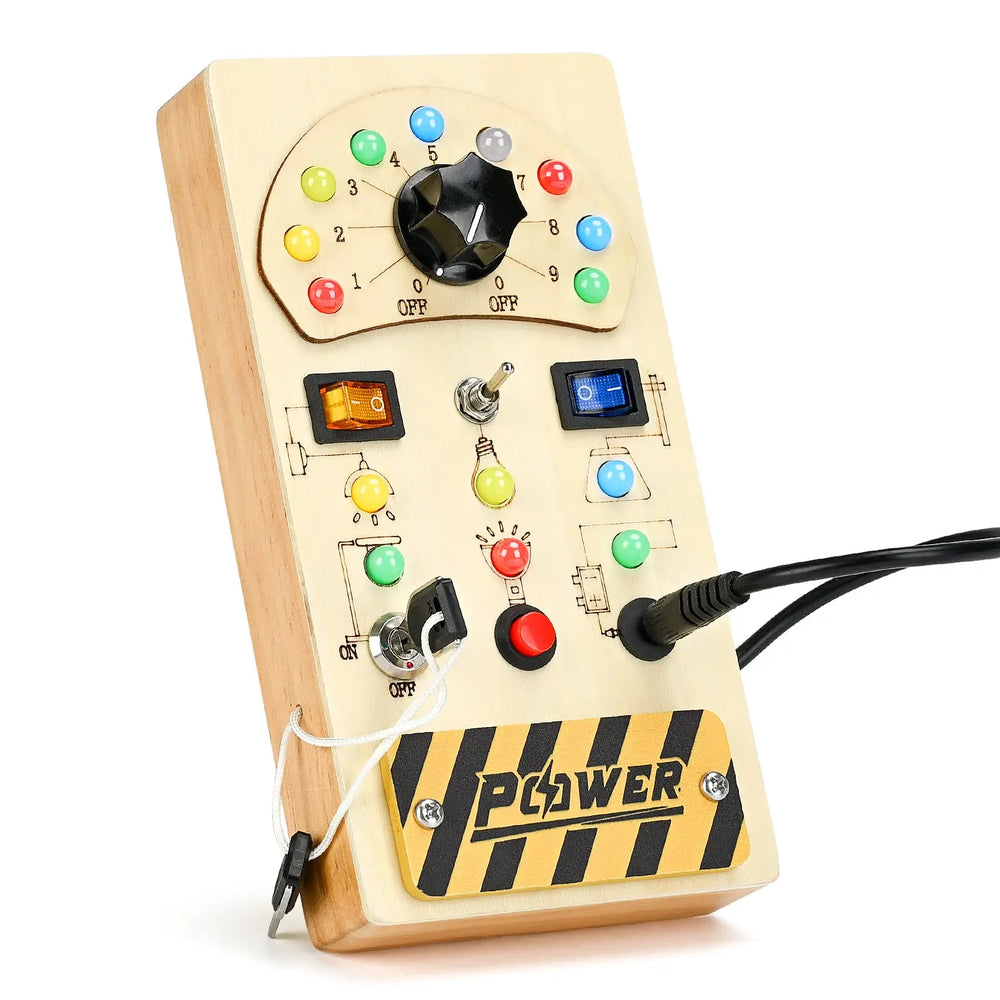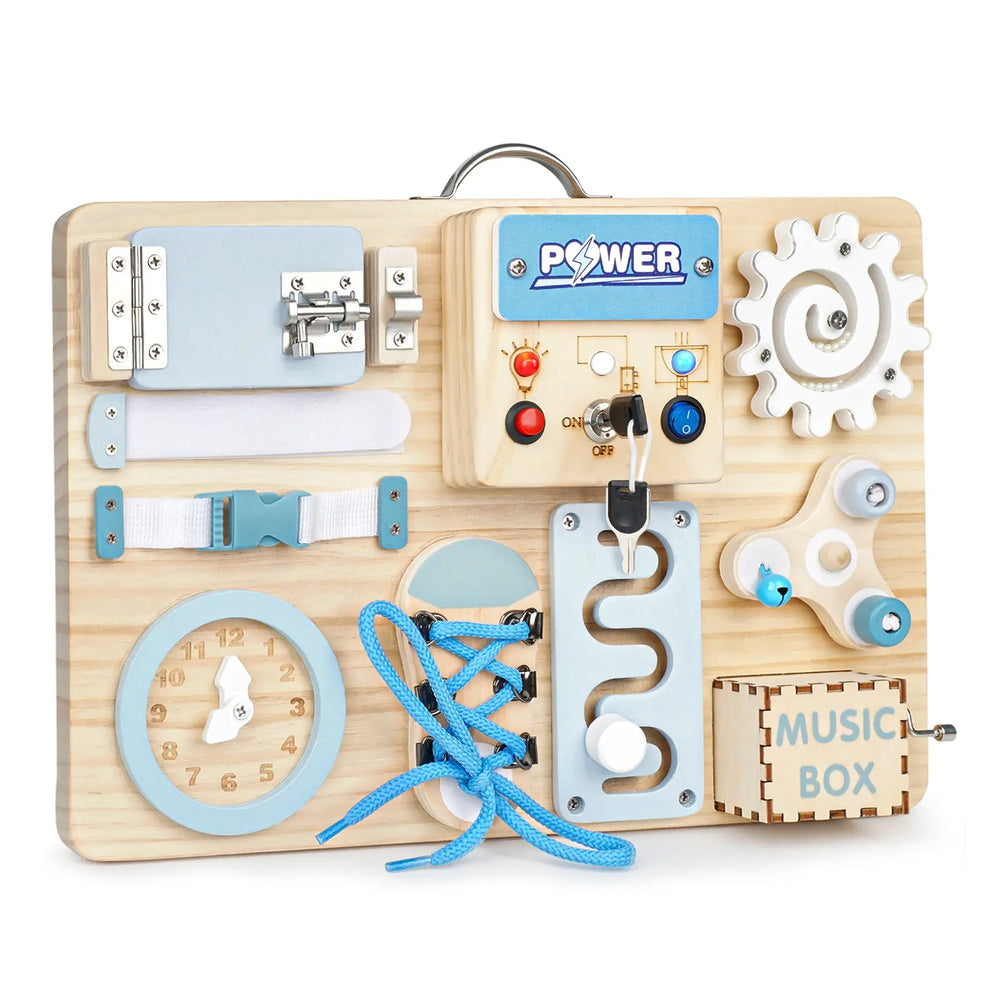How Montessori Color Activities Foster Color Recognition in Kids
The world is a kaleidoscope of colors just waiting for little eyes to discover! 🌈 From the soft pink of a blooming flower to the deep green of a towering tree, colors have a magical way of capturing a child’s wonder and sparking endless curiosity. And if you love Montessori, you know it’s all about letting kids dive into learning with their hands, their senses, and their whole hearts.
Now, imagine your little one’s face lighting up as they mix paints, match shades, and proudly name each color they see. These Montessori-inspired color activities aren’t just fun—they’re little power-ups for growing minds! They sharpen fine motor skills, awaken sensory awareness, and even help tiny voices find the words for all the beauty they see.
It’s creativity, learning, and joyful discovery all wrapped up in one. Ready to dive in? Let’s explore how to turn everyday moments into colorful adventures!

What Are Montessori Color ?
The simply identifying hues. Montessori approach to colors is like It’s about diving into a opening the a multi door to-s sensory-rich experience where a vibrantensory journey children don sensory adventure. It’s not just about identifying colors’t just on a see colors page; kids dive—they engage in by with them through touch, movement exploring, that goes sorting, and even, and exploration.
Montessori education introduces colors through three main activities aimed at different developmental stages:
Color Matching:
- Children are encouraged to pair items or materials of the same color. This simple yet effective activity strengthens visual discrimination and concentration.
Color Sorting:
- Using tools like Montessori Color Tablets, children sort colors into groups, identifying similarities and differences. This improves categorization and logical thinking.
Gradation Activities:
- With materials like Box 3 in Montessori Color Tablets, children arrange colors in order from lightest to darkest.
This activity develops an understanding of gradations and shades, enhancing attention to detail.
The Purpose of Montessori Colors
Montessori colors are carefully selected to support a child’s cognitive and sensory development. Dr. Maria Montessori believed that a well-designed environment helps children focus, learn, and explore independently. The colors used in Montessori materials and classrooms are typically:
- Natural and muted tones (soft blues, greens, earthy browns, and pastels)
- High-contrast combinations (such as black and white for infants)
- Minimal and distraction-free (avoiding overly bright or chaotic color schemes)
These color choices help create a calm, organized, and aesthetically pleasing space that encourages concentration and learning.
Common Montessori Color Schemes
1. Pink Tower & Brown Stairs
One of the most iconic Montessori materials is the Pink Tower, which consists of wooden cubes in varying shades of pink. The monochromatic design helps children focus on size discrimination without unnecessary distractions. Similarly, the Brown Stairs (a set of rectangular prisms) use a neutral brown tone to emphasize dimension and gradation.
2. Color Tablets (Color Boxes)
Montessori color tablets are used to teach color recognition and matching. They come in three sets:
- Color Box 1 – Primary colors (red, blue, yellow)
- Color Box 2 – Secondary and additional colors (green, orange, purple, etc.)
- Color Box 3 – Graded shades of the same color (light to dark)
These materials help refine a child’s visual perception and ability to distinguish subtle differences in hues.
3. Natural Wood Tones
Many Montessori materials, such as the Movable Alphabet, Number Rods, and Montessori busy boards, are made of natural wood. The neutral tones keep the focus on the learning activity rather than distracting colors.
4. Black & White for Infants
For babies, Montessori environments often use high-contrast black-and-white patterns and materials to stimulate visual development in the early months. 
Montessori Busy Boards: A Colorful Way to Boost Learning Through Play
Montessori education transforms learning into an engaging, hands-on experience—and montessori busy boards are a perfect example of this approach. These interactive boards not only develop fine motor skills but also introduce children to colors in a meaningful way. Let’s explore how Montessori busy boards use color to enhance learning and why they’re a must-have for early childhood development.
Why Colors Matter in Montessori Busy Boards
In Montessori philosophy, colors are more than just visual elements—they’re tools for learning. A well-designed Montessori busy board incorporates:
- Natural wood tones for a calming, distraction-free base
- Primary colors (red, blue, yellow) to help with color recognition
- High-contrast elements for visual stimulation
- Minimalist design to prevent overstimulation
These intentional color choices help children focus on the activity while naturally absorbing color concepts.
How Montessori Busy Boards Teach Colors
1. Color Matching & Sorting
Many montessori busy boards include:
- Colored latches, knobs, or beads to match
- Color-coded locks and keys
- Rainbow-themed elements for sequencing
These features encourage children to recognize, name, and group colors—building early cognitive skills.
2. Sensory Color Exploration
The best montessori busy board engage multiple senses:
- Different textures (smooth wood, rough fabric, soft felt)
- Moving parts in varying colors
- Tactile elements like zippers, buttons, and switches
- This multisensory approach helps solidify color learning.
3. Fine Motor Development Through Color
Every colorful component on a Montessori busy board serves a purpose:
- Turning red gears strengthens hand muscles
- Sliding blue beads improves hand-eye coordination
- Fastening yellow buckles refines finger dexterity
Why Are Montessori Colors Important?
- Reduces Overstimulation – Bright, flashy colors can overwhelm young children, while muted tones promote calmness. This principle applies to Montessori busy boards, which use simple colors to enhance focus.
- Encourages Focus – Simple, consistent colors help children concentrate on the task at hand, whether it’s stacking blocks or exploring a Montessori busy board.
- Supports Sensory Development – Carefully chosen colors enhance visual discrimination and aesthetic appreciation.
- Promotes Independence – A well-organized, visually appealing environment encourages children to explore and learn at their own pace.
Montessori Busy Boards and Color Choices
A Montessori busy board is a fantastic tool for developing fine motor skills and problem-solving abilities. When choosing or making one, consider:
- Natural wood bases for a neutral, distraction-free background.
- Primary-colored elements (like red knobs or blue latches) to highlight key features.
- Minimalist design to avoid overwhelming the child.
Final Thoughts
Montessori colors aren’t just a lesson in recognition—they are a gateway to developing creativity, observation skills, and independence in a child’s learning journey. Rooted in sensory engagement and active exploration, the Montessori approach makes learning colors both effective and joyful.
By incorporating Montessori colors into daily activities, you’re not just teaching your child about the beauty of hues—you’re giving them tools to better understand and connect with the colorful world around them.
Maybe it will be helpful for you:
Recent Post

What Finally Helped My Toddler Speak Up?
If you’re a toddler mom, you already know how much emotional weight...

Joyreal Christmas Toys Deals 2025
Enjoy instant savings across nearly every category, from early lear...

How Wooden Montessori Toys Support a Sustainable Childhood
Most parents don’t say it out loud, but many feel the same quiet fr...

Top Christmas Gifts to Help Kids Communicate Better This Holiday Season
The holiday season brings joy, family bonding, and endless opportun...

How to Make DIY Printable Communication Boards
Communication is at the heart of every child’s development — and fo...

Top 5 Christmas Gifts That Bring Families Closer (2025 Guide)
Christmas isn’t just about the gifts — it’s about the moments we c...

Top Musical Christmas Gifts for Toddlers & Preschoolers 2025
Why Musical Gifts Are Perfect for Toddlers and Preschoolers Music h...

Joyreal AAC Devices Wholesale Partner
In today’s educational and therapeutic environments, speech therapi...

Joyreal AAC Device – Big Sale for Autism & Speech
Every Voice Deserves to Be Heard Imagine your child looking up at y...

How to Choose Safe & Educational Toys for Christmas 2025
When “Just a Toy” Means So Much More If you’re a parent, you know t...
